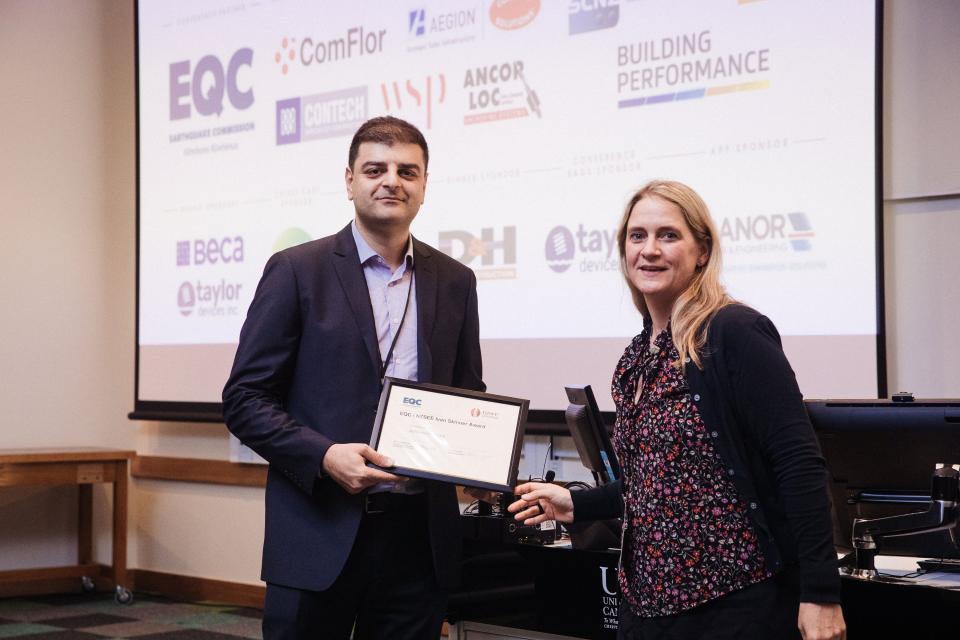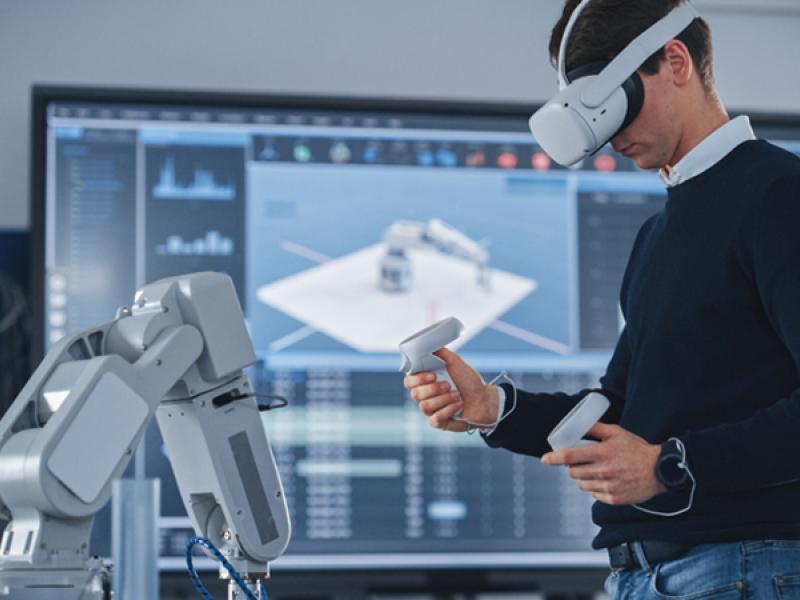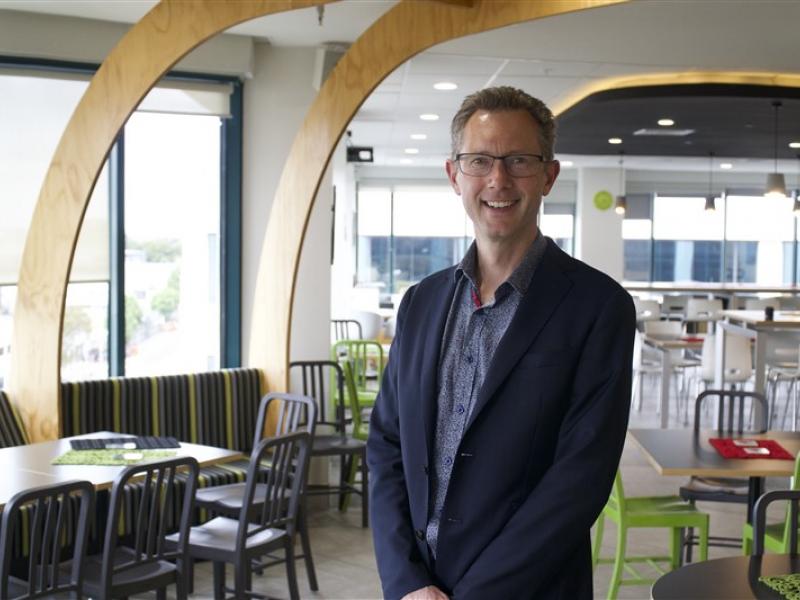New Zealand researchers produce cutting-edge seismic engineering innovations, but often struggle to get new technology implemented in real-life building designs, says Dr Ashkan Hashemi, this year’s Ivan Skinner Award winner.
Dr Hashemi has made it his mission to bridge the gap between science and practice and his work was last week recognised with the prestigious Ivan Skinner Award at the Society for Earthquake Engineering (NZSEE) annual conference. The Award is supported by the Earthquake Commission (EQC) and NZSEE.
“Research can be excellent, but if it is not picked up by industry, then it doesn’t have an effect,” says Dr Hashemi.
During his PhD studies, Dr Hashemi was part of a team at the University of Auckland and Auckland University of Technology that developed ground-breaking seismic technology.
“This technology can absorb the seismic energy during an earthquake and then re-centre the structure to its original position,” he said. He then used his Postdoctoral Fellowship to extend the research and also develop design tools, methods and processes that could be widely shared with industry.
“These have been picked up by the engineering industry in New Zealand and overseas. There are currently about a dozen projects where our technology is being used, but it could be useful for many more.”
EQC’s Dr Jo Horrocks says that not only is the technology itself a big step forward, but Dr Hashemi’s determination to see it used in practice will help New Zealand achieve more resilient buildings.
“Right now there is a great deal of interest in designing buildings so that they are less damaged in an earthquake. Dr Hashemi was part of a team that among other technologies, developed joints for a building’s structure that can take a lot of the stress from an earthquake and therefore lower the level of damage. But as he has identified, getting even very useful innovations into practice can be a slow process.”
Dr Hashemi says he will use the funding from his Ivan Skinner Award to further advance the research and take industry education to a new level.
The Iranian-born engineer says that only a very small number of all research discoveries actually make it into practice.
“Engineers may not know how to use the technology, while the client, quantity surveyor or architect may not be comfortable with it, or are worried about additional cost. So, we try to close all these gaps, firstly by transferring the design knowledge to the structural engineers so they can discuss the advantages with their clients. This particular technology has zero or minor cost implications for the building project,” he said.
Dr Hashemi says the Award funding will facilitate a series of seminars, webinars and technical presentations to give people in industry the tools, guidelines and processes they need to comfortably use the new technology.
“This will be especially good for the smaller companies who often don’t get to industry conferences, and so miss out on this type of information.”
He says low-cost seismic solutions are becoming increasingly important to both industry and the public.
“We’re seeing a shift, with the community expecting buildings to be designed to not only protect life, but also remain functional after an earthquake, and minimise disruption. This will move the future of structural engineering to being based on functional recovery in seismically active places like New Zealand.”
See Dr Hashemi's project here:
Auckland engineer bridges gap between science and industry - YouTube






